3D ANIMATOR
Missions, activities, skills, training
3D ANIMATOR | JOB DESCRIPTION
Job description of a 3D Animator
What are the tasks of a 3D Animator?
The 3D Animator brings to life an animated world by creating fluid, realistic, or stylized movements based on the artistic direction of the project (for characters, objects, and environment such as backgrounds, vegetation, etc.).
Their work covers a number of activities, ranging from animation to motion capture retouching, and the creation of cinematic scenes:
- Animation of characters
- Animation of environment elements
- Crowd management
- Creation of special effects (explosions, smoke, flames, particles, liquids, collisions, etc.)
- Animation of character/environment/object interactions
- Lip synchronization, inertia movements, inverse kinematics, etc. to create realistic and fluid movements
- Realization of cinematic or cut-scenes
- Implementation of rigging and skinning on animated models (depending on the projects and skills of the 3D Animator)
The 3D Animator must also stay informed of new trends and technologies by conducting regular research and staying up-to-date on industry developments.
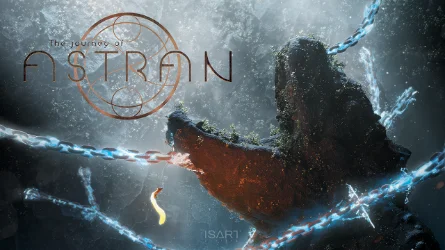
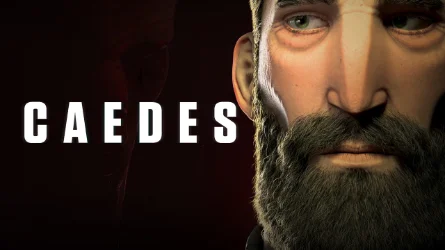
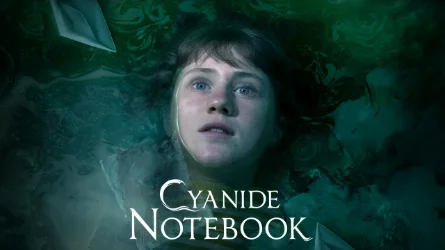
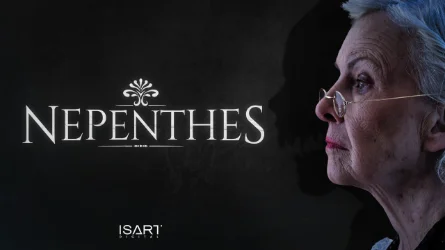
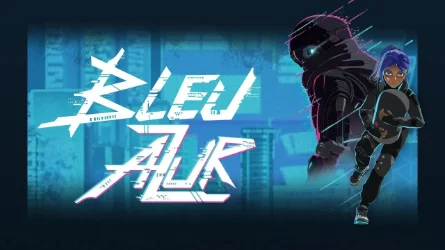
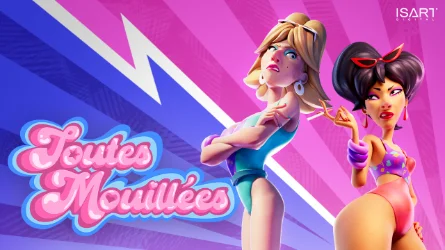
What are the skills of a 3D Animator?
Technical skills:
- Proficiency in 2D editing software (Painter, Photoshop…)
- Proficiency in 3D animation software (Maya, 3ds Max, Blender, Motionbuilder, Cinema 4D, Houdini, Character Studio…)
- Proficiency in 2D animation tools can be a plus (Toon Boom Harmony)
Artistic skills:
- Sense of rhythm and good observation skills of movement
- Good knowledge of art history and styles, architecture
- Good knowledge of film, video games, 3D animation, and special effects history
Social skills:
- Ability to work in a team
- Time and priority management
- Ability to communicate with the production team and present work to different stakeholders
What are the qualities of a 3D Animator?
- Creativity and imagination
- Curiosity
- Artistic sense
- Observational skills
- Rigor
- Adaptability
- Patience and perseverance
Career progression?
A 3D Animator can progress to the role of Lead Animator: overseeing a team of animators and ensuring that the animations are coherent and of high quality.
They can also advance to the position of Animation Director and be responsible for the overall characterization of characters in a film or animated series.
What education is needed to become a 3D Animator?
3D Animation is a creative profession that requires a strong foundation in 3D animation and graphics.
The ISART 3D/FX Cinema curriculum provides the necessary skills to work in the animation film industry, special effects, and video game industry, mastering studio work methods from pre-production to post-production.
The Bachelor’s degree is structured around the fundamentals of 3D, world creation, character animation, photography, filming, and editing. Students create several productions (individually or in groups) and use different 3D image processing tools.
Students specialize in the Master’s degree and acquire the necessary skills to work in the animation film industry and special effects, mastering studio work methods from pre-production to post-production, on fully 3D film productions or by combining filmed images with 3D.
In a studio production-like environment, they work on film projects and gain the skills necessary to rig, animate, and composite elements of a 3D cinema project.
At the end of their studies, they receive a level 7 RNCP title “Expert in Digital Design, 3D Animation, and Special Effects,” based on their academic results. This degree is recognized internationally as master’s and bachelor’s degrees.
How to work in animation?
Working in animation involves acquiring a set of graphic and managerial skills related to the production of 3D films. The Cinema 3D training program allows students to gain the necessary skills in:
- Developing an artistic, film and video game culture
- Creating 2D and 3D designs, character animation, photography, filming, editing, and special effects
- Communicating, organizing, and working as part of a team
- Mastering the working methods used in studios, from pre-production to post-production
- Conducting market research and analyzing 3D project productions
- Leading the artistic development phase of a 3D project production
- Managing the artistic production phase of a 3D project
- Supervising the artistic finalization phase of a 3D project
- discovering the professional environment, test different work settings (industry sector, studio size, production scale, management style, etc.),
- apply what they learned in school in a real company
- developing their professional network
- Multiplying professional experiences and refining career choices
- Developing one’s adaptability and autonomy skills
Where does a 3D animator work?
3D animators can work in various sectors, such as 3D production and post-production studios (for short or feature-length films, TV series, music videos, advertising, architecture, and industries), video game studios, and advertising agencies (for online ads and promotional videos).
Other jobs that might interest you
The Game Artist designs and creates the graphic universe of a video game project by following the artistic direction and taking into account the technical and functional constraints of the game.
The FX Artist creates special effects (such as liquid, fire, destruction, explosions, clouds, particles, hair, crowd, etc.) in real time or pre-calculated.
He works for film productions, video game studios, TV series, advertising…
The Character Designer imagines characters/creatures in 2D or 3D. They utilize artistic, narrative, semantic, and technical skills to bring characters to life for films, video games, animations, and more.
A Character Artist creates and models 3D characters based on a 2D model, adhering to the aesthetic and narrative requirements of a project.
Through their work on textures and details, they enhance the immersive experience for players and viewers.
The 3D Modeler creates and sculpts three-dimensional digital models, creatures, objects, characters, and/or environments for sectors such as video games and 3D/visual effects animation.



